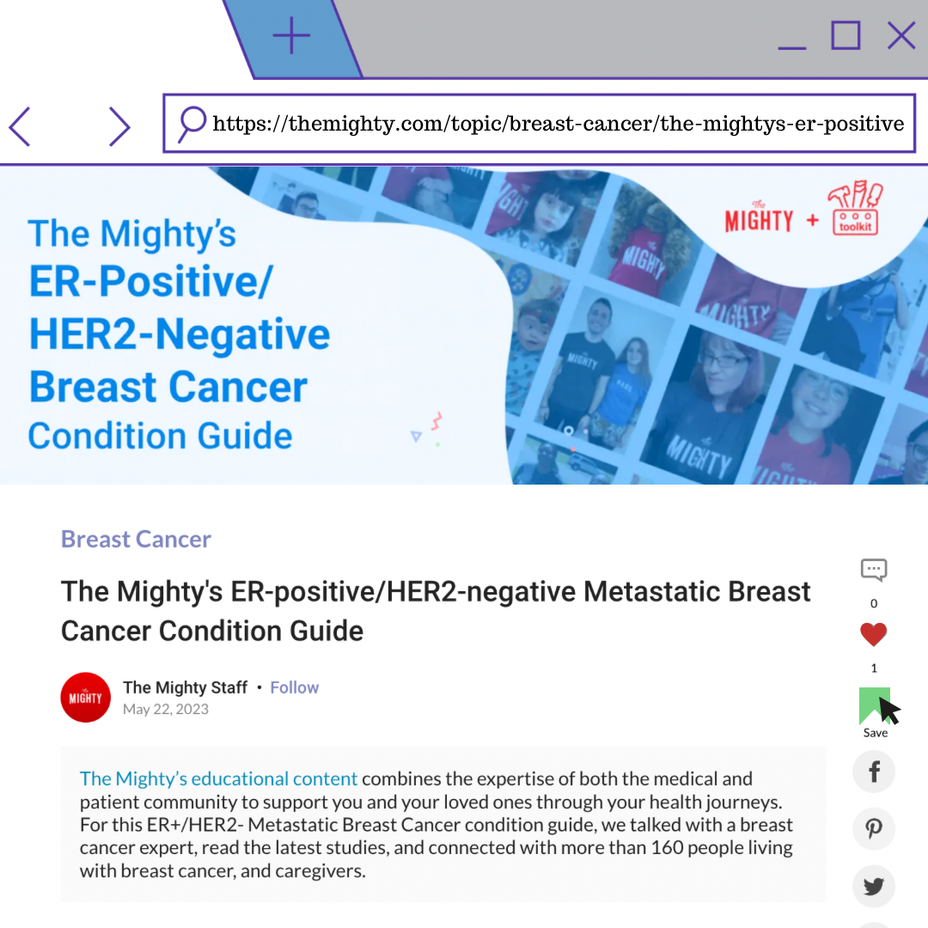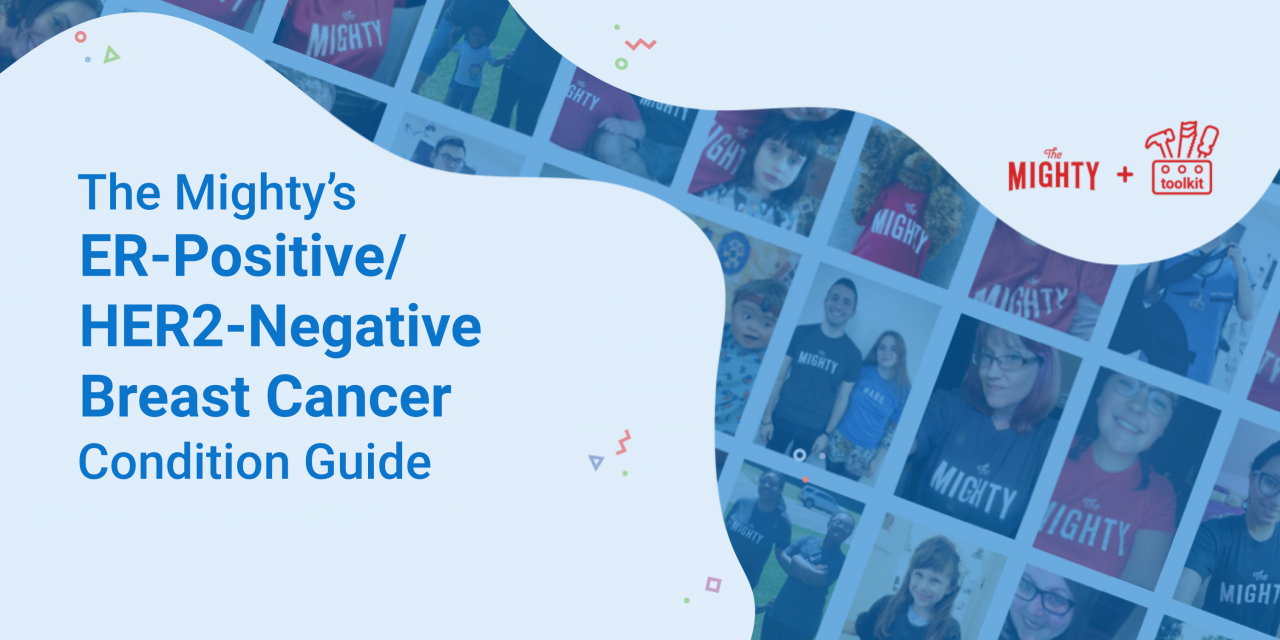Childhood cancer awareness
Wearing yellow this September to show love and support for Childhood Cancer Awareness. 💛✨ Every child’s fight matters let’s spread hope, strength, and awareness together #ChildhoodCancer

Wearing yellow this September to show love and support for Childhood Cancer Awareness. 💛✨ Every child’s fight matters let’s spread hope, strength, and awareness together #ChildhoodCancer

Wearing yellow this September to show love and support for Childhood Cancer Awareness. 💛✨ Every child’s fight matters let’s spread hope, strength, and awareness together #ChildhoodCancer
After doing some reading and exhausting myself to the point of bed rot, what do I do with the information I have that catholic institutions were required to follow Ethical Religious Directives and violated several while violating me, but also not because I guess the potential of “conception” is more important?
I’d talk to an attorney but I feel like I did most of the work already, I’d just be getting someone to argue for me. Idk if I can handle this though, I feel like I need to check out.
#MentalHealth #PTSD #ChildhoodCancer #marymounthospital #clevelandclinichospitals #iwanttocry
After doing some reading and exhausting myself to the point of bed rot, what do I do with the information I have that catholic institutions were required to follow Ethical Religious Directives and violated several while violating me, but also not because I guess the potential of “conception” is more important?
I’d talk to an attorney but I feel like I did most of the work already, I’d just be getting someone to argue for me. Idk if I can handle this though, I feel like I need to check out.
#MentalHealth #PTSD #ChildhoodCancer #marymounthospital #clevelandclinichospitals #iwanttocry
Hi, my name is behindthecurtain. I'm looking for a community that understands, or someone who needs to be understood. Someone who might feel the same way as me and doesn't know how to put it into words. I'm struggling myself and I know that it's nice to have someone, to know that you're not alone.
#MightyTogether #Anxiety #Depression #BipolarDisorder #ADHD #PTSD #OCD #EatingDisorder #ChildhoodCancer
Hi, my name is behindthecurtain. I'm looking for a community that understands, or someone who needs to be understood. Someone who might feel the same way as me and doesn't know how to put it into words. I'm struggling myself and I know that it's nice to have someone, to know that you're not alone.
#MightyTogether #Anxiety #Depression #BipolarDisorder #ADHD #PTSD #OCD #EatingDisorder #ChildhoodCancer

Are you or a loved one diagnosed with ER+/HER2- metastatic breast cancer and looking for a resource with information that combines expertise from both medical experts and patients? We got you!
Here is what you will find in our new condition guide:
✅ What Is ER+/HER2- Metastatic Breast Cancer?
✅ Managing ER+/HER2- Breast Cancer
✅ Common Breast Cancer Misconceptions
✅ Mental Health and Metastatic Breast Cancer
✅ How To Talk To Others About Metastatic Breast Cancer
✅ How To Support Someone Living With Breast Cancer
Take a look at (and bookmark!) the condition guide here:
The Mighty's ER-positive/HER2-negative Metastatic ...
#BreastCancer #Cancer #BoneCancers #OvarianCancer #LungCancer #ThyroidCancer #lymphoma #ChildhoodCancers #MentalHealth #ChronicIllness #ChronicPain #Caregiving #Grief

I am 11 years old and was diagnosed with Pancreatic cancer after noticing jaundice of my eyes. I was also enduring liver failure due to this with no symptoms.
I am 11 years old and was diagnosed with Pancreatic cancer after noticing jaundice of my eyes. I was also enduring liver failure due to this with no symptoms.
Part 1 of 2 I have been in pain every day since I was 20 years old because of what I now know to be a genetic disorder of my connective tissue. As a result, I’ve been asked approximately one zillion times by healthcare providers of all kinds to rate my pain on a scale of 1-10. Sometimes they have progressively unhappy faces to accompany the numbers, but mostly it’s just that 1-10 scale that I’m supposed to make sense of on my own.
The faces are adorable but seriously, what are the units? How do I answer when I have no frame of reference (I can’t remember a time when the answer was zero)? How do I separate the stabbing neck pain causing a massive headache and a muscle spasm, from the throbbing ache in my lower back? And really, why does it matter? How does anyone use this ridiculously subjective information?
As a chronic pain sufferer of decades, I promise I would not drag my ass out of the house to talk to some pimply-faced resident unless the pain was pretty freaking bad. And I can tolerate an awful lot of pain.
But, if I have a new pain or injury that I can’t tolerate or that I’m worried about, I have to go see some well-meaning practitioner who probably doesn’t doesn’t personally deserve whatever vitriol I might have on tap that day. That resentment is held in reserve from decades of often useless and all too-frequently offensive doctor visits where they respond to me as if I am a ticking liability time bomb of addiction and/or hypochondria. So when a new person asks me to rate the damn pain because that’s the protocol, my annoyance level spikes but I grit my teeth and do my best to answer as nicely and as accurately as possible.
Generally, I answer based on my mood. If I’m feeling nice and having a relatively pleasant day I’ll want to rank the pain lower than it actually is because I don’t want the doctor to feel bad for me. If I’m anxious (and I’m usually anxious at the doctor), I’ll also rank it lower because I’ll be afraid if I say the number is too high they won’t believe me. That said, I never start below a 3 or 4 because the pain is always there and always uncomfortable enough to call my attention. I almost never put my number above a 8 because I decided giving birth felt like a 9 and anything above that must mean I’m pretty close to death.
The whole problem is that that’s just me and my personal scale based on my mood. When my kid sprained his ankle at soccer and it hurt so bad he couldn’t walk he called that a 10. And who am I to argue?
Because of my condition I am on a regimen of opioid pain pills that I have taken for seven years. I do not care if you read research that says taking those meds doesn’t actually help me or makes my pain worse. You are wrong. Those drugs make me functional and I’ve tried so many other approaches that if I named them here your eyes would start to glaze over and I’d lose you. Just rest assured those approaches have run the gamut from crystals that vibrate at my body’s magnetic resonance to multiple highly invasive surgeries and everything in between.
Anyway, in order to acquire said pain pills I have to go, in person, to my physiatrist every 28 days and answer that stupid 1-10 question and pee in a cup for a drug test. I’m not trying to be precious here – I absolutely should be checked up on and I, myself, worry about becoming addicted. It’s just that monthly feels super excessive, especially for someone who has been successful on the same meds for so long, and extra-especially since the precise pain I need treatment for is made worse by getting in a car to drive across town and sit in a waiting room.
That meaningless, subjective 1-10 question is a special kind of torture in that context because at any moment some bureaucrat from the government or from the insurance company might decide that only people who give the “right” answer on the pain scale get access to the drugs, and if I get the answer wrong then I’m totally fucked. So every month when I get the question it’s like that stress dream from college where I forgot I signed up for a class and have to take the final on the last day or I fail, and I have to take a wild stab at it and hope for the best.
A couple of weeks ago I was asked to research validated pain scales for some public health research work I’m doing.. A “validated pain scale” is a way of assessing pain that research has found to be consistent across many populations. It turns out the 1-10 question with the faces is in fact a validated pain scale, but only for pediatric cancer patients who aren’t developmentally able to articulate their experience. So are a bunch of different other ways to ask about pain that have been tested in cancer patients, amputees, and other pain sufferers in specific situations. It was super enlightening and made me start thinking about ways t